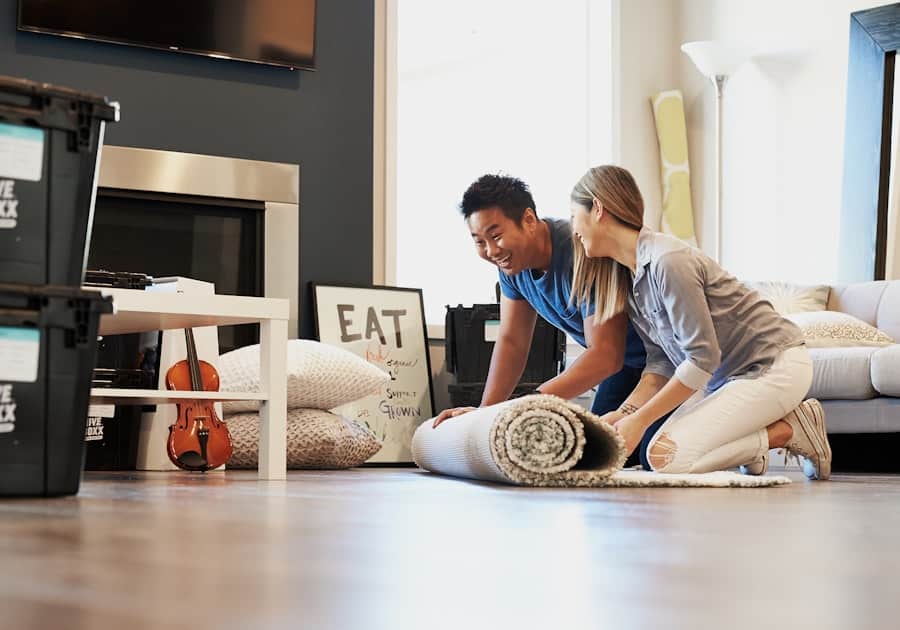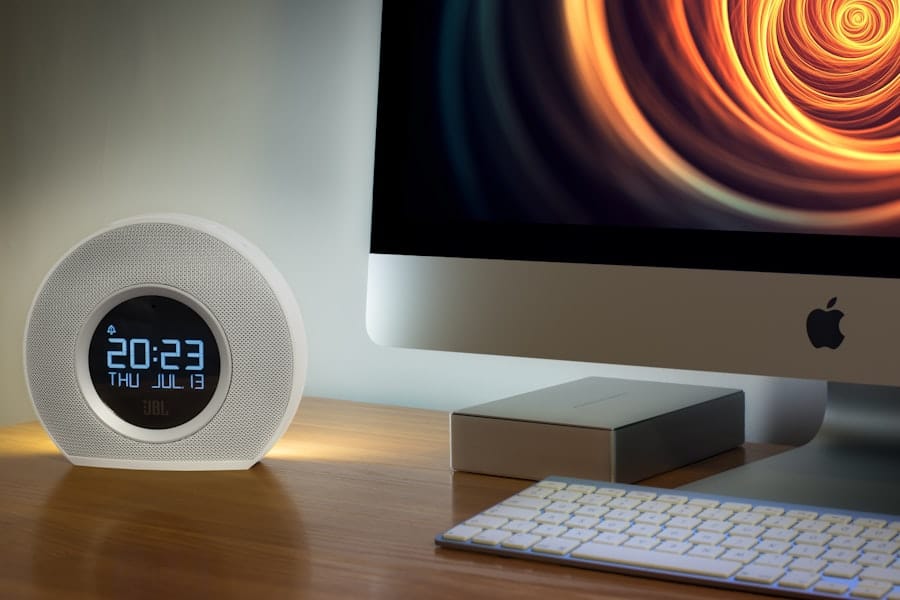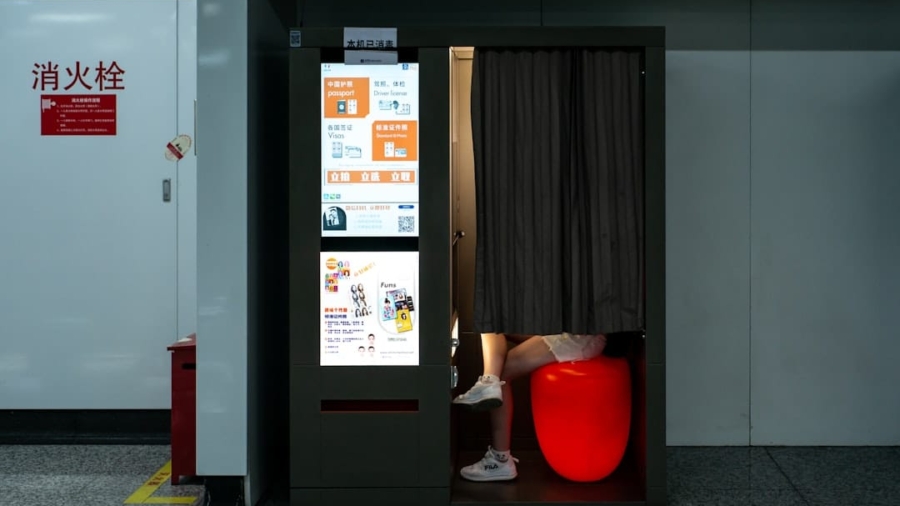Home automation refers to the integration of technology into household systems to enhance convenience, efficiency, and security. At its core, it involves the use of smart devices that can be controlled remotely or programmed to operate automatically. This technology encompasses a wide range of applications, from simple tasks like controlling lights and thermostats to more complex systems that manage security cameras, door locks, and even appliances.
The primary goal of home automation is to create a seamless living environment where various devices communicate with each other, allowing homeowners to manage their homes more effectively. The concept of home automation has evolved significantly over the years.
However, advancements in technology have made smart home devices more accessible to the average consumer. Today, a plethora of affordable options are available, enabling homeowners to customize their automation systems according to their specific needs and preferences. This democratization of technology has led to a surge in interest in smart homes, with many individuals seeking to enhance their living spaces through automation.
Key Takeaways
- Home automation allows you to control and automate various devices and systems in your home for convenience and efficiency.
- When choosing home automation protocols and hubs, consider factors such as compatibility, range, and security to ensure seamless integration and communication between devices.
- Select budget-friendly smart devices and sensors that align with your automation needs and preferences, and consider factors such as energy efficiency and ease of installation.
- Setting up a centralized control system allows you to manage and monitor all your smart devices and sensors from a single interface for streamlined control and convenience.
- Integrating voice control and smart assistants such as Amazon Alexa or Google Assistant enhances the accessibility and functionality of your home automation system.
Choosing the Right Home Automation Protocols and Hubs
When embarking on a home automation journey, one of the first decisions to make is selecting the appropriate protocols and hubs that will serve as the backbone of your system. Home automation protocols are the languages that devices use to communicate with each other. Some of the most common protocols include Zigbee, Z-Wave, Wi-Fi, and Bluetooth.
Each protocol has its strengths and weaknesses; for instance, Zigbee and Z-Wave are known for their low power consumption and mesh networking capabilities, which allow devices to extend their range by relaying signals through one another. In contrast, Wi-Fi offers higher bandwidth but can be more power-hungry. Choosing a hub is equally important, as it acts as the central point of control for all connected devices.
Popular hubs include SmartThings, Hubitat, and Amazon Echo Plus. These hubs support various protocols and can integrate multiple devices from different manufacturers into a single ecosystem. When selecting a hub, consider factors such as compatibility with your existing devices, ease of use, and the ability to create automation rules.
A well-chosen hub can significantly enhance the functionality of your home automation system by providing a unified interface for managing all your smart devices.
Selecting Budget-Friendly Smart Devices and Sensors

The market for smart home devices has exploded in recent years, offering a wide array of options at various price points. For those on a budget, it is essential to prioritize which devices will provide the most value and functionality for your home. Start with fundamental devices such as smart bulbs, smart plugs, and motion sensors.
Smart bulbs can be easily integrated into existing light fixtures and allow for remote control and scheduling, while smart plugs enable you to turn any standard appliance into a smart device by controlling its power supply. In addition to lighting and power management, consider investing in security-related devices like smart cameras and door/window sensors. Many budget-friendly options provide essential features such as motion detection, live streaming, and cloud storage for recorded footage.
Brands like Wyze and TP-Link offer reliable products at competitive prices without sacrificing quality. By carefully selecting budget-friendly devices that meet your needs, you can build a functional home automation system without breaking the bank.
Setting Up a Centralized Control System
Once you have selected your smart devices and hub, the next step is to establish a centralized control system that allows you to manage everything from one interface. Most modern hubs come with user-friendly mobile applications that enable you to control your devices remotely. During setup, ensure that all devices are connected to the hub according to the manufacturer’s instructions.
This process typically involves downloading the app, creating an account, and following prompts to add each device. After successfully connecting your devices, take advantage of the app’s features to organize them into rooms or categories for easier access. For instance, you might create separate sections for lighting, security, and climate control.
This organization not only streamlines your control experience but also makes it easier to create automation rules later on. A well-structured centralized control system enhances user experience by providing intuitive navigation and quick access to frequently used functions.
Integrating Voice Control and Smart Assistants
Voice control has become an integral part of home automation, allowing users to interact with their smart devices hands-free. Popular voice assistants like Amazon Alexa, Google Assistant, and Apple Siri can be integrated into your home automation system to provide an additional layer of convenience. To get started with voice control, ensure that your hub is compatible with your chosen voice assistant.
Most major hubs support multiple platforms, enabling you to choose the one that best fits your lifestyle. Once integrated, you can issue voice commands to control various devices throughout your home. For example, you might say “Alexa, turn off the living room lights” or “Hey Google, set the thermostat to 72 degrees.” Voice control not only simplifies everyday tasks but also enhances accessibility for individuals with mobility challenges.
Additionally, many voice assistants allow for the creation of routines or schedules that can automate multiple actions with a single command. For instance, you could set up a morning routine that gradually turns on lights and adjusts the thermostat as you wake up.
Creating Customized Automation Rules and Scenes

Automation Rules
Automation rules enable you to set specific conditions under which certain actions will occur. For instance, you can create a rule that turns on outdoor lights at sunset or sends you a notification if a door sensor is triggered while you’re away from home. These rules can be based on time schedules, sensor triggers, or even geolocation data from your smartphone.
Scenes
Scenes take automation a step further by allowing you to group multiple actions into a single command or event. For example, you could create a “Movie Night” scene that dims the lights, closes the blinds, and turns on your entertainment system with one command.
Personalized Environment
Setting up these scenes typically involves using your hub’s app or web interface to select which devices will be included in each scene and defining their desired states. By leveraging automation rules and scenes, you can create a personalized environment that adapts to your daily routines and enhances your overall living experience.
Monitoring and Securing Your DIY Home Automation System
As with any technology-driven system, security is paramount in home automation. With multiple devices connected to your network, it is crucial to implement measures that protect against unauthorized access and potential vulnerabilities. Start by ensuring that all devices are updated with the latest firmware and software patches provided by manufacturers.
Regular updates often include security enhancements that help safeguard your system from emerging threats. Additionally, consider setting up a separate Wi-Fi network specifically for your smart devices. This practice isolates them from your primary network used for personal computers and smartphones, reducing the risk of exposure in case one device is compromised.
Employing strong passwords for both your Wi-Fi network and individual device accounts is essential; avoid using default passwords that are easily guessable. Monitoring your system regularly for unusual activity or unauthorized access attempts can also help maintain security over time.
Troubleshooting and Maintenance Tips for Your Home Automation Setup
Even with careful planning and setup, issues may arise in your home automation system from time to time. Familiarizing yourself with common troubleshooting techniques can save you time and frustration when problems occur. One of the first steps in troubleshooting is checking the power supply of any malfunctioning device; ensure it is plugged in or charged as needed.
If a device becomes unresponsive, try restarting it or performing a factory reset according to the manufacturer’s instructions. Network connectivity issues are another common source of problems in home automation systems. If devices are not responding as expected, check your Wi-Fi signal strength in their locations; weak signals can lead to intermittent connectivity issues.
Consider using Wi-Fi extenders or mesh networks if you experience persistent connectivity problems throughout your home. Regular maintenance also involves periodically reviewing your automation rules and device settings to ensure they align with any changes in your household routines or preferences. By understanding these aspects of home automation—from basic concepts to troubleshooting techniques—you can create an efficient and secure smart home environment tailored to your needs.
The journey into home automation is not just about convenience; it’s about enhancing your quality of life through technology that adapts seamlessly to your lifestyle.
If you are interested in building a DIY home automation system on a budget, you may also want to check out this article that explores the features of the Samsung Galaxy Chromebook 2. This article discusses the capabilities of this device and how it can be used to enhance your home automation system.
FAQs
What is a DIY home automation system?
A DIY home automation system is a set of smart devices and technologies that allow you to control and automate various aspects of your home, such as lighting, heating, security, and entertainment, using a centralized system that can be controlled remotely.
What are the benefits of building a DIY home automation system?
Building a DIY home automation system can provide benefits such as increased convenience, energy efficiency, improved security, and potential cost savings in the long run.
What are some essential components of a DIY home automation system?
Essential components of a DIY home automation system may include smart bulbs, smart plugs, smart thermostats, smart locks, security cameras, and a central hub or controller to manage and automate these devices.
How can I build a DIY home automation system on a budget?
You can build a DIY home automation system on a budget by researching and selecting affordable smart devices, utilizing open-source or free automation software, and taking advantage of discounts and deals offered by manufacturers and retailers.
What are some popular open-source automation platforms for DIY home automation?
Popular open-source automation platforms for DIY home automation include Home Assistant, OpenHAB, and Domoticz, which offer flexibility and customization options for integrating various smart devices into a centralized system.
Are there any security considerations when building a DIY home automation system?
When building a DIY home automation system, it’s important to prioritize security by using strong, unique passwords for smart devices and the central automation system, keeping software and firmware updated, and being cautious about granting remote access to the system.

